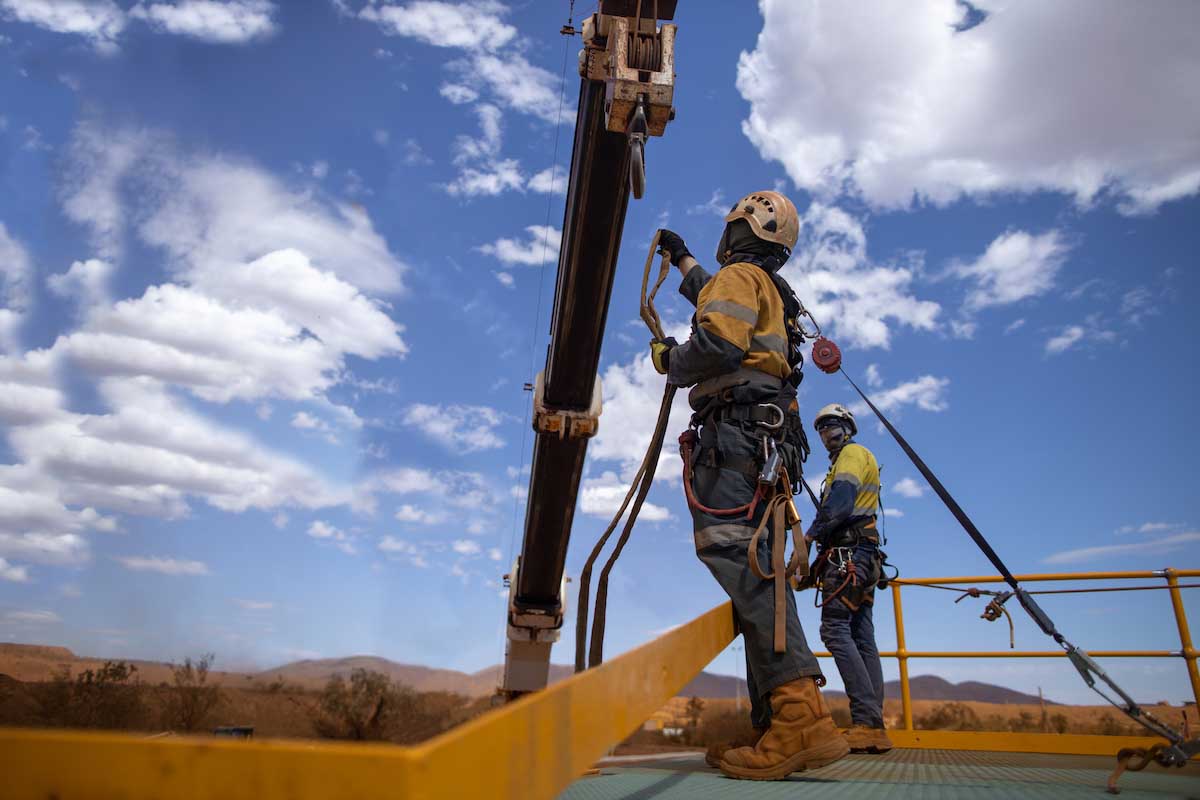What Does a Rigger Do on a Jobsite?

Even people who don’t work in construction probably understand without much explanation what roles like heavy equipment operator and foreman involve. The same laypersons, however, may stare at you blankly if you ask them what a rigger does on a jobsite. Yet riggers play a critical role on any construction site. But what is that role? What does a rigger do?
Let’s examine the responsibilities and duties of a rigger on a jobsite as well as the sorts of training that someone needs to become an experienced, capable rigger:
What Does a Rigger Do?
The term “rigger” comes from the age of sail, where sailors who worked up on the ropes that held the masts and sails together—that is, the rigging—were named after the place they worked. One key duty of these early riggers was to load cargo onto ships, and in the era before forklifts, palletized loads, and powered cranes, that meant one of the good old simple machines: a rope and pulley. As time went on, laborers who specialized in rope-and-pulley work for lifting loads started to be called riggers too, and that’s the origin of the modern term. In brief, a rigger is responsible for controlling and supervising the lifting of heavy loads, usually through the use of equipment like a crane.
It’s important to note that riggers are not usually those operating the cranes. Rather, they are the people who attach loads using a variety of tools and techniques, like chains, cables, clamps, and so on. Senior riggers may also be involved in the planning of the lift and work closely with crane operators to ensure loads can be safely lifted and moved to the correct locations, avoiding any obstacles in the path.
Riggers will often also be in charge of caring for rigging equipment. They ensure it is properly stored and dismantled when not in use, test it to ensure reliability, and identify and address any damage or wear and tear that could make jobsites unsafe.
What Training Does a Rigger Need?
Regulations for riggers, found in OSHA Standard 1926, do not legally mandate any training. An employer is responsible for determining whether or not an applicant is qualified to work as a rigger. Technically, this means a construction company could pick anyone up off the street and put them to work as a rigger. But if they did and something went wrong, they would be at great risk of liability.
For this reason, construction employers will virtually always look to hire riggers who have:
- Completed high school or earned their GED
- Completed specialized training that demonstrates that the applicant knows and understands the requirements of working as a rigger—like problem-solving skills and an understanding of basic math and physics.
If you want to make yourself attractive as a potential rigger, you should contact the experts at West Coast Training. We have courses that will teach you how to become a great rigger, making you an indispensable part of any jobsite team.
